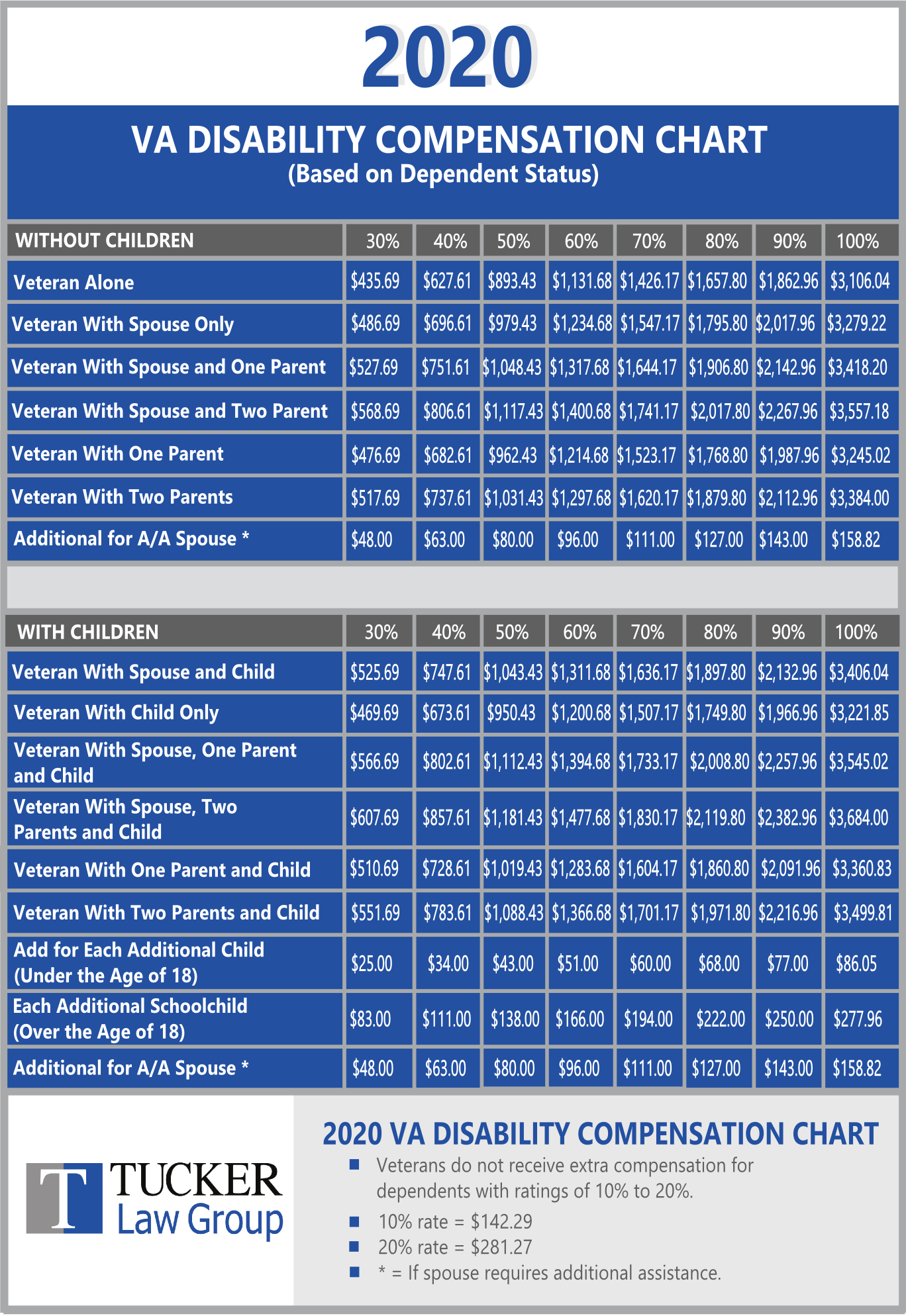
- Rawtherapee shadow compensation disabled software#
- Rawtherapee shadow compensation disabled license#
(Note: some folks may develop their raw files first and then stitch the output when they’re done - this is certainly a valid workflow as well and possibly better? I’d defer to to tell me if I’m wrong like normal, or just so-so wrong ). In general, this sort of makes sense from a workflow perspective because you’re doing a bunch of pixel-manipulation to bend the panorama into what you want (geometric modifications), and once the geometry/perspective/view is what you want, you can focus on the colors, exposure, etc. Then, you can continue working on the EXR in something like RawTherapee when you’re done with the stitching. (there’s a caveat there about de-mosaicing raw files and a couple of other things, but I don’t want to overwhelm you if you’re not familiar with it). In that case, the 32-bit EXR file output from Hugin will contain all of your data. You seem to want to make sure that any intermediate file that goes from panorama stitching to devlopment/editing is as high a quality as possible. In our world, we generally tend to refer to Hugin for stitching together panoramas. (It sucks, I know, but it’s a consequence of the community and the way they approach problems - this is a much harder thing to make better than any technical programming).
Rawtherapee shadow compensation disabled software#
So where you might have a bunch of tools disguised under one “umbrella” (Adobe), Free Software is usually a series of separate tools. We tend to have different programs to solve problems so we can distribute the work better and allow people to focus on specific aspects of the problem. You’re probably going to notice a bit of a difference in how things are approached with Free/Open Source Software (FOSS). In other words it can help get round the problem of fitting a 12 or 14 bit raw image into the 8 bit sRGB colour space as some is just thrown away.Hey, could you be a bit more unnecessarily condescending
Rawtherapee shadow compensation disabled license#
It can also leave more room for playing with contrast in the final image and sometimes that is more important. RawTherapee is a powerful cross-platform raw image processing program, released under the GNU General Public License Version 3. This can be used to remove low level noise.

The black slider or curves can be used to chop some proportion of the dark end off completely by using positive values on the black slider.

Some times it’s best not to recover all of the dark stuff. The highlights might get pushed out for instance to keep contrast in them but can be pulled back in with the recovery slider. I then use the other sliders to titivate the images. So in effect raising a point on the line increases brightness at that level in the tone range which in turn increases contrast below the point and decreases it above. It’s usually not a good idea to create small humps over a limited tonal range but it can be done. To set the default processing profile, go to preferences icon on bottom left, then > Image processing > Default processing profile> for RAW photos> change to what you want, for example> Bundled profiles > Generic> Punchy 1 View: original size Then click okay on bottom right and close preferences. Increasing the slope increases contrast and reducing it decreases contrast. The default straight line represents contrast over the tonal range. A similar thing can be done by moving the lower left point on a curve so I sometime do it there as the effect on contrast can be seen. I use the black slider and usually a curve. It might not work with other versions than DigiKams 6.3.0 and RawTherapees 5.7. Perhaps that sounds a little strange, but try it, the result looks natural in moderation. It tends to work well if one of the tone curves is set to push down the shadows (make shadows darker) in combination with the Shadows slider lifting them a little bit.

I may sometimes use the “Shadows” slider of the “Shadows/Highlights” tool with a very low value, between 5 and 10, to lift the darkest areas. Being able to use different curve modes for each curve gives you much room for artistic expression - one curve could be set to reduce saturation (Saturation and Value Blending) while the other could be set to add it (Film-Like). Blackwave is more of a special technique (or tool combination) which can work great in some cases (I’ll put writing a post about it on my TODO list), but the most simple and most often-used (by me) approach is to use the two tone curves from the “Exposure” tool - one curve to lift the shadows and reduce global contrast, the other to put back some punch where needed. of 2 - Workaround For Bias Frames in RawTherapee - posted in DSLR, Mirrorless & General-Purpose Digital Camera DSO Imaging: One of the shortcomings of RawTherapee is that it doesnt have any provisions for a true darks library. There are many ways of brightening a photo’s shadows, each has its own pluses and minuses.


 0 kommentar(er)
0 kommentar(er)
